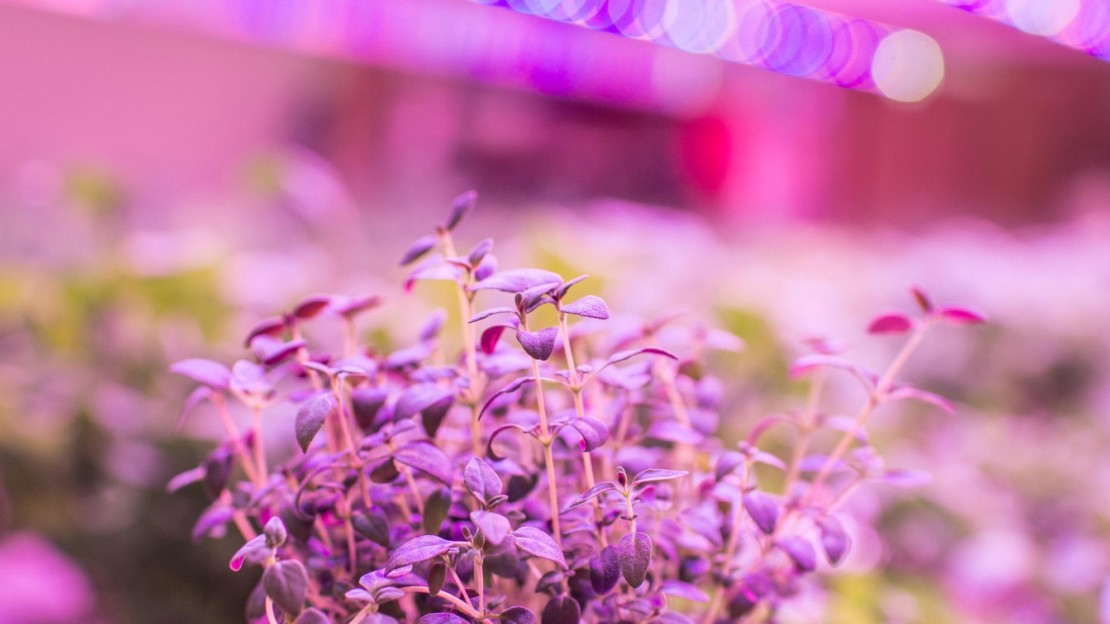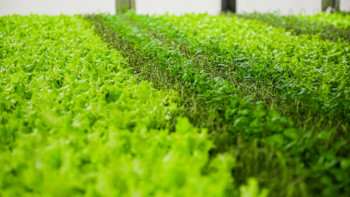Do you see the demand for indoor farming technology growing significantly in your region this year? And over the next 5-10 years?
Yes. I’d see that the first wave of vertical farms was in early 2010 and after that people followed how these ones pull it off. But now we are seeing a rapid increase in inquiries. I’d like to see this as a signal that vertical farming is transforming from hobbyists, pioneers and early adopters to the hard money investments allowing bigger and bigger financial operators to direct money into the investments. Once the tipping point is reached, there will be rapid transformation in the technology, because more money is available for the investments. I would like to see our Vera® system setting a standard for this transformation.
Do you find that more people in your local community are accepting this new type of agriculture?
Public opinion is much more positive already. I don’t see that consumers would reject the product that has never seen sunlight. In Finland, during the midwinter, a greenhouse grown vegetable hasn’t seen sunlight at all, and this has been the mainstream growing for 30 years now. So, in that perspective the growing philosophy change is not that big for Finnish consumers. Technology-wise, it also makes much more sense to do it this way now, as LED and automation technological expenses have gone down significantly.
How can indoor farming better support traditional agriculture in your region?
Forestry is one quite clear benefiter, because it allows much higher volumes of high-quality tree seedlings to be grown. Seedlings altogether are an interesting field, because tomato and cucumber seedlings have a huge market – the quality, productivity and timing of the growth is everything to them.
What technologies and trends are you most interested in for the coming decade?
Machine vision is something that has lots of coverage already in the business, but it’s not feasible technology yet to cover quality control. Except the very basic things, like noticing yellow leaves or other discoloration. In addition, for example the mechanical means of taking bad leaves off is non-existent. This makes full-automated QC still unfit for commercial production of leafy greens. Still, QC is one of the most labour-intensive work, which would highly benefit of automation.
The article is based on the interview conducted by the Association of Vertical Farming.





